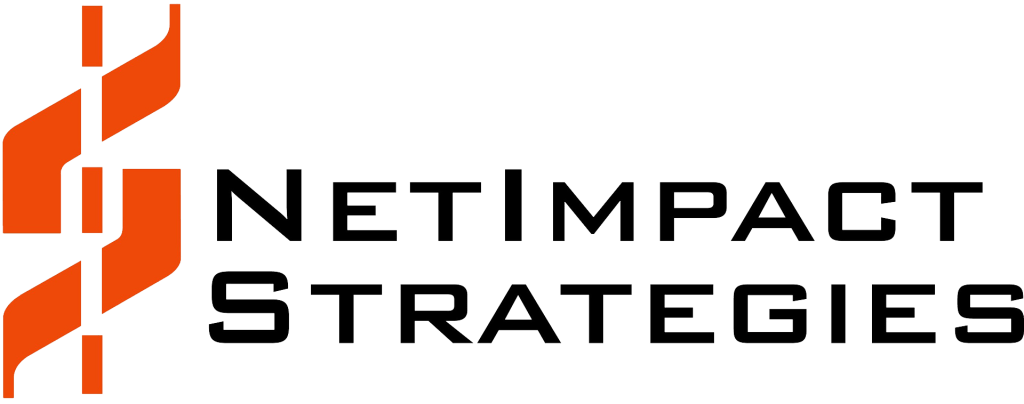IT modernization aligns legacy IT systems with modern technology needs. It transforms and replaces existing systems to help streamline process efficiency, improve performance and create new ways of achieving mission success. While in theory this process may seem simple, its implementation often presents a time-consuming challenge. The truth is legacy modernization requires a major cultural shift within an organization. It replaces the old way of doing things, which can create a sense of uncertainty across the enterprise.
There’s no denying that organizations are now recognizing the value of modernizing their applications. But a well-planned approach for implementing these changes needs to be in place to help improve technology performance and prevent internal disruption. During NetImpact’s support for the Financial Crimes Enforcement Network (FinCEN) bureau under the United States Department of the Treasury, we assisted the government with the development and refresh of their mission applications. This initiative became the guiding roadmap for the agency’s IT modernization. It also helped our team uncover five key tips for successful legacy modernization:
1. Have a rock-solid infrastructure strategy
When moving to the cloud, it’s critical to have an infrastructure strategy in place. Why? Because current infrastructure may not be supported when migrating specific information. In addition, various applications and programs may not function properly in certain cloud-based environments. Many organizations want their systems to interface with one another or to be able to specify how data information can be shared within the cloud. A fully documented infrastructure strategy is key for ensuring this enterprise strategy is enough for an on-Prem, cloud or a hybrid model. That way, IT team members can look at a strategy holistically to see the overall vision, goals and desired outcomes.
2. Gain buy-in from all parties early on
Is your security or infrastructure team having opposition to modernizing your legacy systems? When it comes to this major IT shift, having buy-in from all parties involved is essential to success. Organizations need to have support from everyone across the enterprise before embarking upon any major shift in their IT systems or infrastructure. Not having this level of buy-in could open the organization up to system security risks, compliance issues and potential conflicts, as well as problems with the synchronization and integration of enterprise applications.
3. Build a strong data strategy and proper data protocols
Prior to moving to cloud-based applications, you need to build a strong data strategy and proper data protocols. How will your organization handle data in a new modernized environment? How will you ingest and report from the various data sources? How will you make calls to specific data sources, when these data sources vary (i.e., Oracle, Postgres, MySQL, etc.)? How often will data be updated or replicated? Unless your overall business and technology goals are in tune with your data strategy, your organization will run into costly data failures, delivery of incorrect results and wasted valuable time.
4. Develop a clear operations and maintenance strategy
Now that you’ve begun to move your systems to a cloud-based environment, how will you maintain this environment in the future to ensure compliance? FedRAMP provides a standardized approach to security assessment, authorization and continuous monitoring for cloud products and services. This helps to ensure that agencies are compliant with security regulations. But technology is always changing. When will your organization backup its databases? How often are you capturing key data? How much data are you collecting on a regular basis? These are just a few of the important questions you should ask yourself when building a strong operations and maintenance strategy.
5. Connect and engage with end users
No matter how successful an organization is modernizing its legacy systems, if it doesn’t have the support of the end user in a way that meets their business goals, then mission objectives won’t be met and continued modernization will come to a halt. The benefits of cloud migrations are clear. But before making the transition, organizations should evaluate the overall user experience. Are monitoring, analytics and reporting solutions provided in a common language that’s easily understood by all? Have the end users contributed their input to the modernization requirements? Has training been provided for all the changes to the environment and systems? Remember, different end users may want access to the same data but need to be able to interpret it in different ways to fit their own daily activities, business needs and functions.
The process of modernizing IT systems is a marathon, not a sprint. When an organization is ready to start this undertaking, it’s important to seek expert advice and assistance to help make the modernization process a smooth and successful transition. With technology constantly growing and shifting, the process itself must also continuously evolve in order to address and meet changing business goals and needs.



